The world of e-commerce continues to evolve, but one business model remains consistently attractive to aspiring entrepreneurs: dropshipping. In 2025, dropshipping is more powerful and accessible than ever before, thanks to global supplier networks, automation tools, and platforms that make launching an online store fast and affordable.
So, what exactly is dropshipping?
At its core, dropshipping is a retail fulfillment method where you don’t need to keep any inventory. Instead, when a customer places an order on your store, the product is purchased from a third-party supplier who ships it directly to the customer. This means:
- Low startup costs
- No need for warehouse space
- Flexibility to sell trending products quickly
But while the barrier to entry is low, success requires strategy — and that’s where this guide comes in.
In this post, we’ll walk you through everything you need to know to launch a high-converting dropshipping store in 2025, including:
- Choosing the best e-commerce platform
- Finding and integrating reliable suppliers
- Designing a store that builds trust
- Marketing strategies to generate traffic and sales
- Tools and systems to automate your operations
Whether you’re looking to start a side hustle or build a full-time e-commerce brand, this step-by-step guide will help you turn your idea into a fully functioning business.
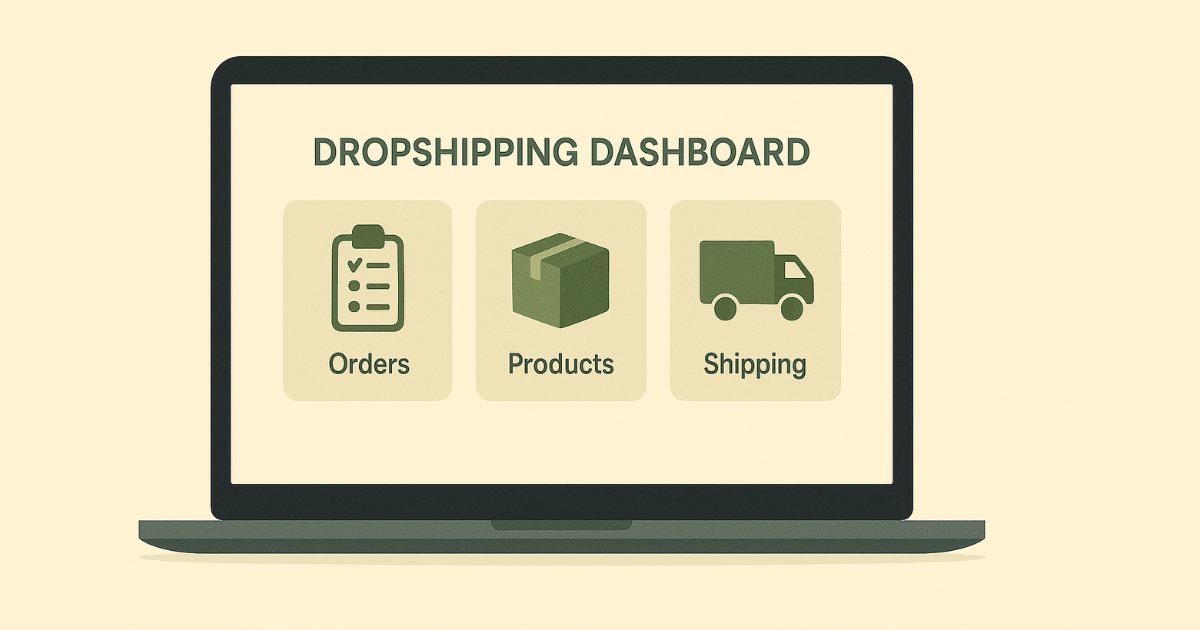
Understanding the Dropshipping Business Model
Before jumping into store setup or supplier integration, it’s essential to grasp how the dropshipping model actually works — and why it continues to thrive in 2025.
How Dropshipping Works
The dropshipping model is simple in structure but powerful in scale. Here’s how it typically flows:
- Customer Places an Order on your online store.
- You Forward the Order to your chosen supplier (manually or automatically).
- The Supplier Ships the Product directly to your customer on your behalf.
- You Keep the Profit (difference between the retail price and wholesale cost).
You act as the middleman — running the storefront, marketing the products, and managing customer relationships — without ever needing to touch the inventory yourself.
Pros of the Dropshipping Model
- Low Startup Costs: No need for inventory or warehousing
- Location Independence: Run your store from anywhere in the world
- Product Flexibility: Test new products without bulk purchases
- Scalability: Easy to scale by automating fulfillment and marketing
Cons to Be Aware Of
- Lower Profit Margins: Since you don’t buy in bulk, your per-sale profit is smaller
- Supplier Dependence: Product quality and shipping times are out of your control
- High Competition: Many sellers may offer the same products
- Customer Service Pressure: You’re responsible even if the supplier makes mistakes
Why Dropshipping Still Works in 2025
With rising costs in traditional e-commerce and increasing demand for niche online stores, dropshipping has carved a sustainable niche. Key trends keeping the model relevant include:
- Faster supplier shipping networks (e.g., US/EU-based warehouses)
- All-in-one automation tools like DSers and AutoDS
- High-performing organic channels like TikTok for free product exposure
When executed well, dropshipping can evolve into a real brand — not just a side hustle.
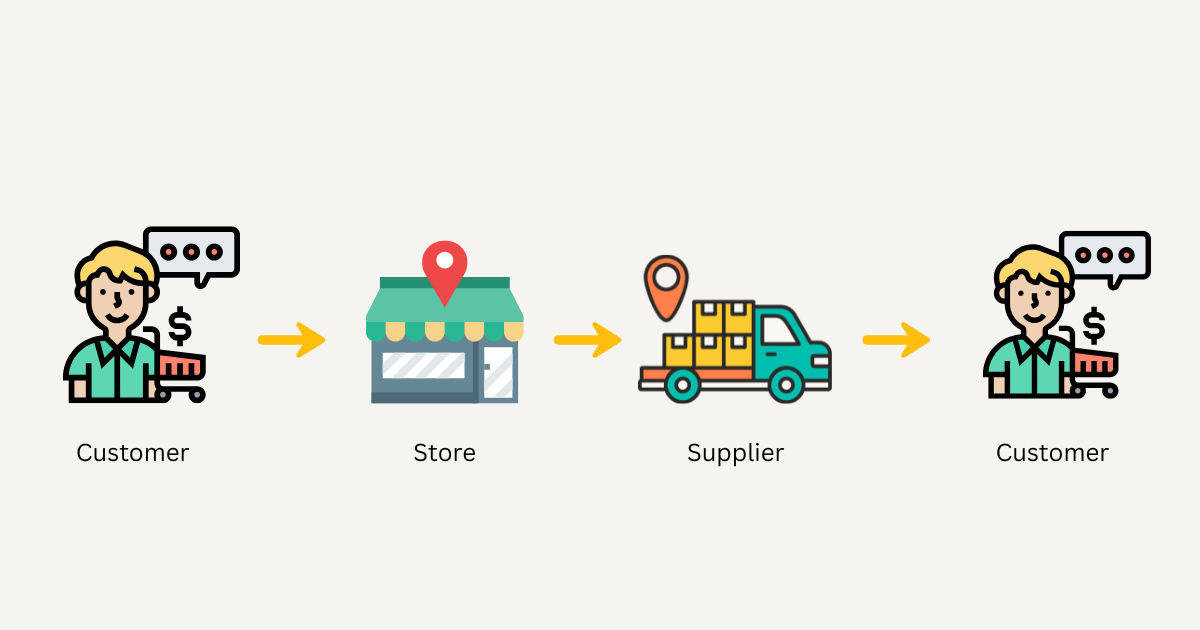
Choosing the Right Dropshipping Niche
One of the most important decisions you’ll make when starting your dropshipping journey is choosing what to sell. The niche you select will shape your store’s identity, target audience, marketing strategies, and ultimately — your success.
A niche isn’t just a product category — it’s a focused segment of a market with a specific audience and buying intent. For example:
“Fitness” is too broad
“Home workout gear for busy moms” is a profitable niche
Why Niche Selection Matters
- Reduces competition: A focused store stands out in a sea of generic product websites.
- Boosts conversion: Tailored messaging resonates more with a specific group of buyers.
- Improves marketing efficiency: Targeted ads are cheaper and more effective.
- Encourages repeat customers: Niche buyers are more loyal if they feel understood.
2025 Trending Dropshipping Niches
As of 2025, these niche categories show consistent demand and strong growth:
| Niche Category | Sub-Niches or Ideas |
|---|---|
| Eco-Friendly Products | Reusable home goods, bamboo items, zero waste kits |
| Pet Accessories | Personalized collars, interactive toys |
| Baby & Kids Essentials | Educational toys, soft footwear, silicone feeding sets |
| Home & Garden | Mini smart tools, patio décor, DIY grow kits |
| Personal Wellness | Posture correctors, aromatherapy tools, self-care kits |
| Hobby-Focused Gear | DIY kits, cosplay props, niche sports equipment |
You don’t need to reinvent the wheel — but you do need to target a specific audience and solve a real problem or desire.
How to Research a Profitable Niche
Use the following tools to validate demand, check competition, and explore keyword trends:
- Google Trends – Analyze interest over time
- TikTok Search + Trends – See what’s going viral
- Amazon Best Sellers – Discover what’s hot in each category
- AliExpress / CJdropshipping – View order volumes
- Pinterest + Instagram – Check for visual product engagement
Start by searching “keyword + product” and see how consistent and engaged the audience appears to be. Combine data with instinct — your own interests can be a powerful niche base when paired with market validation.
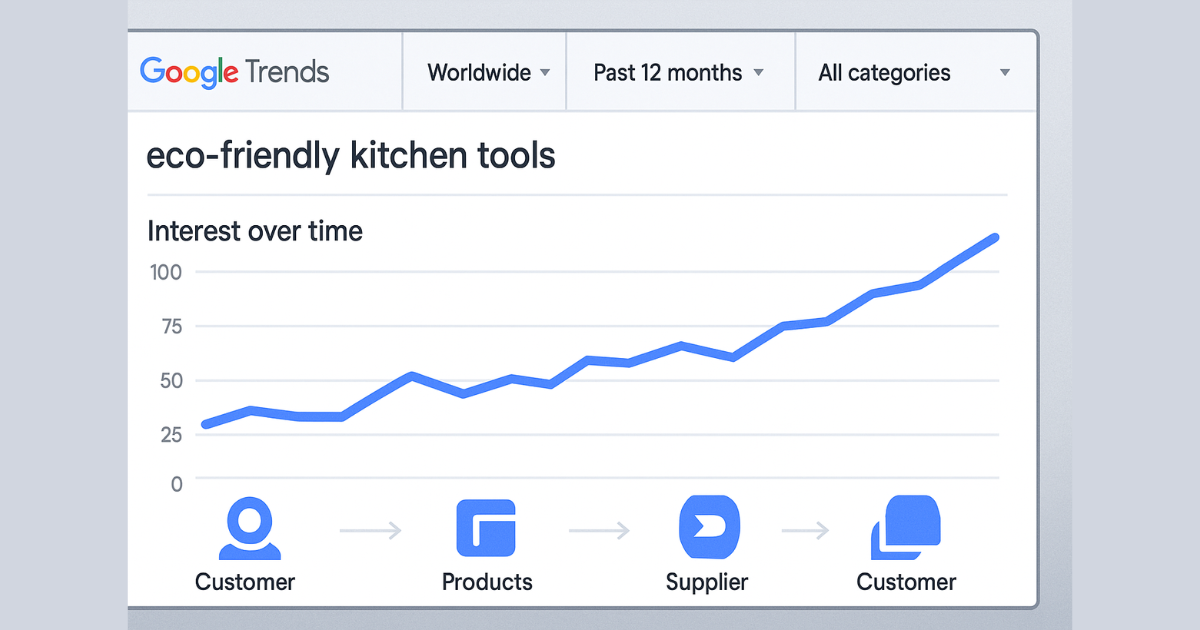
Best Platforms to Build Your Dropshipping Store
Once you’ve locked in your niche, the next big step is choosing the right e-commerce platform to build your store. This decision will affect how easily you can manage products, process orders, customize your branding, and integrate suppliers.
In 2025, the most popular platforms for dropshipping are:
Shopify – The All-in-One Dropshipping Giant
Best for: Beginners and fast store launch
Shopify remains the top choice for dropshippers due to its simplicity and robust ecosystem. With tools like DSers, AutoDS, and Zendrop, you can import products from AliExpress or other suppliers in just a few clicks.
Pros:
- Easy-to-use drag-and-drop builder
- Vast app marketplace
- Dropshipping-focused themes
- Scales well with your business
- Excellent documentation and support
Cons:
- Monthly cost adds up with paid apps
- Limited design flexibility compared to open-source solutions
WooCommerce – Full Control with WordPress
Best for: Developers or budget-conscious users who want more flexibility
WooCommerce is a free plugin for WordPress that turns your website into a powerful online store. With plugins like AliDropship, ShopMaster, or Spocket, you can connect to global suppliers.
Pros:
- 100% customizable (themes, checkout, product pages)
- No monthly subscription for the core platform
- You own and control your data
- Great SEO capabilities
Cons:
- Requires more technical know-how
- Slower setup and higher maintenance
- Hosting costs vary based on traffic and features
Wix eCommerce & Others – Simple, But Limited
Platforms like Wix, BigCommerce, or Squarespace offer e-commerce features and dropshipping integrations, but with more limitations in terms of flexibility and automation. They’re best suited for small catalogs or niche boutiques.
Pros:
- Beautiful templates and visual builders
- Beginner-friendly
- Built-in hosting
Cons:
- Limited integrations with advanced dropshipping tools
- Less scalable for serious operations
What We Recommend at Empex Digital
For most new dropshippers in 2025, Shopify is the best starting point due to its ease of use, dropshipping-focused tools, and fast launch capabilities. However, if you want full control, stronger SEO, or already use WordPress — WooCommerce may be the better long-term choice.
We’ve built successful dropshipping stores on both platforms, and we tailor our recommendations based on each client’s goals, budget, and technical background.
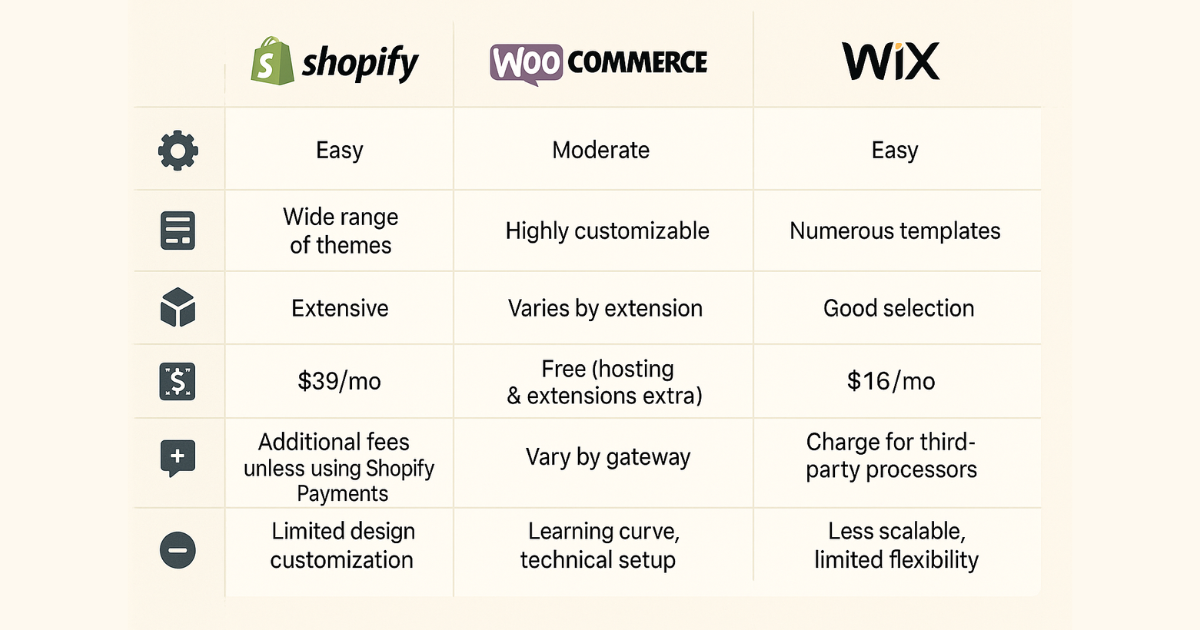
Setting Up Your Store: Step-by-Step
Now that you’ve chosen your platform, it’s time to build the foundation of your dropshipping business. A well-structured, trustworthy, and easy-to-navigate store is crucial for turning visitors into paying customers.
Here’s a complete step-by-step guide to setting up your dropshipping store in 2025 — whether you’re using Shopify, WooCommerce, or another platform.
Step 1: Get a Domain Name & Hosting (if using WooCommerce)
- Use a branded, memorable domain (e.g., comfybabygear.com)
- Buy your domain from providers like Namecheap or GoDaddy
- For WooCommerce, choose fast and secure WordPress hosting (e.g., SiteGround or Cloudways)
Note: If you’re using Shopify, hosting is included.
Step 2: Choose a Professional Theme
- Select a clean, mobile-friendly theme with fast load times
- Shopify: Free options like Dawn, or premium themes from ThemeForest
- WooCommerce: Use themes like Flatsome, Shoptimizer, or Astra
- Customize fonts, colors, and homepage layout to match your niche and brand vibe
Step 3: Structure Your Navigation
Keep things simple and intuitive. Essential pages include:
- Home
- Shop / Products
- About Us
- Contact
- FAQs
- Returns & Shipping
- Track Your Order (optional but highly recommended)
Avoid clutter and group products into logical categories.
Step 4: Set Up Payments
Enable secure, global payment gateways:
- Shopify: Stripe, PayPal, Apple Pay, Shop Pay
- WooCommerce: WooCommerce Payments, PayPal, Stripe, Klarna
Enable multiple payment options to improve checkout conversion rates.
Step 5: Configure Shipping & Taxes
Dropshipping requires clear shipping settings:
- Offer free shipping or flat-rate options for simplicity
- Add realistic delivery times based on supplier location
- Clearly state shipping policy on a dedicated page
Use built-in or plugin-based tools to handle regional tax rules.
Step 6: Create Legal Pages
You must build trust and comply with legal requirements:
- Privacy Policy
- Terms & Conditions
- Returns & Refund Policy
- Cookie Policy (especially in UK/EU)
You can generate these using free tools or templates, then adapt them for your brand.
Step 7: Test Everything
Before launching, test your:
- Checkout flow
- Contact forms
- Mobile responsiveness
- Page speed (use Google PageSpeed Insights or GTmetrix)
- Broken links and buttons
A professional store should look great, load fast, and work flawlessly on both mobile and desktop.
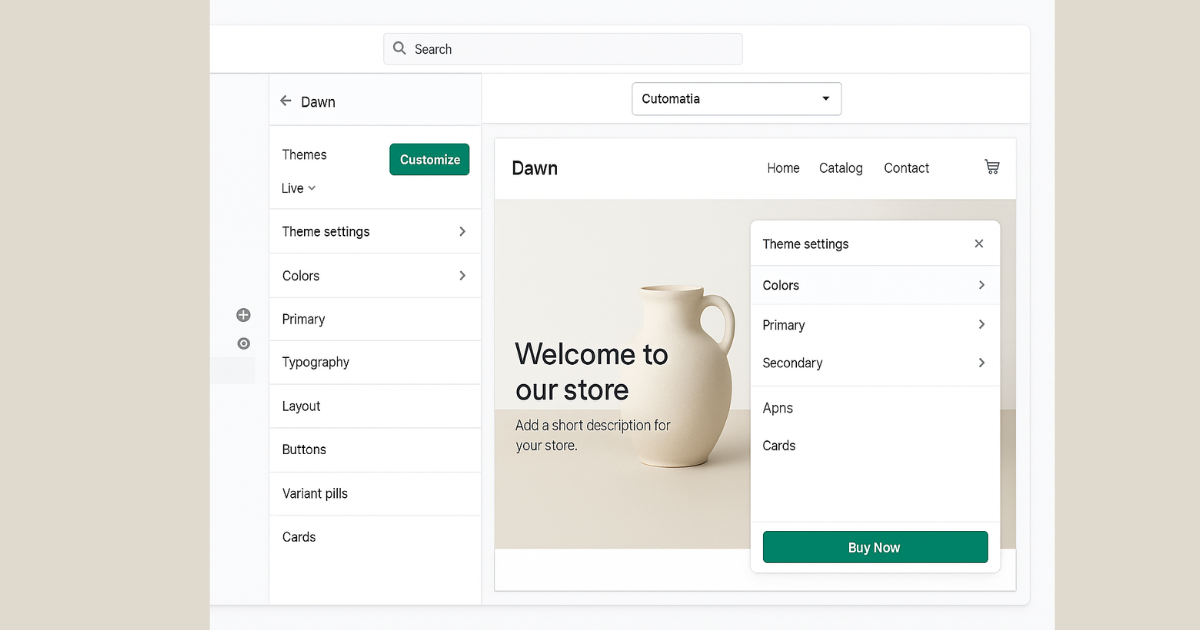
Finding and Connecting with Reliable Suppliers
Your dropshipping business is only as strong as the suppliers behind it. Great products, fast shipping, and dependable service all depend on choosing the right supplier network — and connecting it smoothly to your store.
Let’s break down how to find suppliers, what to look for, and how to automate the connection process.
Where to Find Dropshipping Suppliers in 2025
Here are the most popular and trusted supplier sources for beginner and advanced dropshippers:
| Platform | Key Features |
|---|---|
| AliExpress | Massive product variety, beginner-friendly, supports DSers/AutoDS integrations |
| CJdropshipping | US/EU warehouses, white label, faster shipping options |
| Spocket | Focus on US/EU suppliers, high-quality products, faster shipping |
| Zendrop | Branded invoicing, private labeling, faster US shipping |
| AutoDS Suppliers Hub | Centralized sourcing from multiple vetted suppliers |
Each platform has its strengths — AliExpress is best for testing quickly, while Spocket or CJdropshipping are better for building a branded, long-term store.
How to Choose a Good Supplier
Before importing products, assess your supplier using this checklist:
- Consistent Stock Levels – Avoid frequent “out of stock” issues
- Reliable Delivery Times – Check average fulfillment time by country
- Good Product Photos & Descriptions – Helps your store look more professional
- Positive Reviews – Look for products with 4.5 stars or more
- Order Tracking – Ensure they provide tracking numbers for customers
- Responsive Support – You may need help resolving disputes or clarifying shipping
Pro Tip: Order a sample product yourself to test quality and delivery speed.
How to Connect Suppliers to Your Store
Instead of manually copying product data and processing orders, use automation tools that integrate your store directly with suppliers.
Popular Integration Tools:
| Tool | Supported Platforms | Features |
|---|---|---|
| DSers | Shopify, WooCommerce | Bulk import, order automation, AliExpress focus |
| AutoDS | Shopify, WooCommerce | Product research, pricing rules, automated fulfillment |
| Spocket | Shopify, WooCommerce | 1-click import, fast US shipping, vetted suppliers |
| CJ App | Shopify, WooCommerce | Connects directly to CJdropshipping |
How it works:
- Browse products in the app (e.g., DSers)
- Click “Import to Store”
- Customize product name, price, and description
- When a customer places an order, the tool auto-sends the details to your supplier
- Supplier ships directly to customer
It’s that simple — but behind the scenes, these tools are doing a lot of heavy lifting.
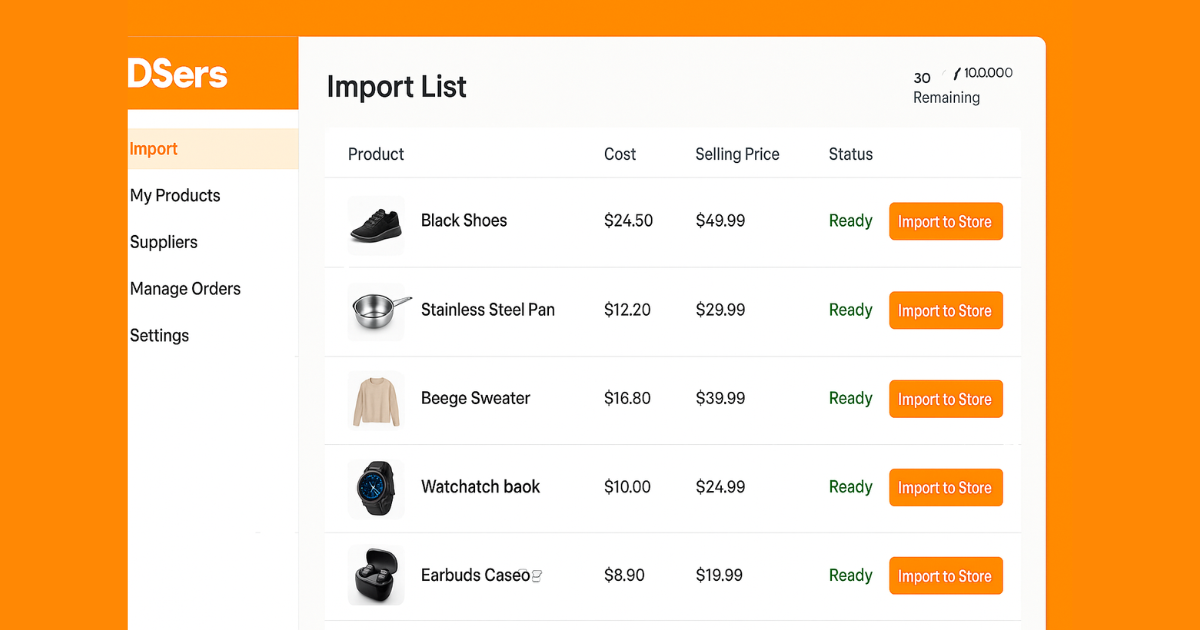
Designing a Store That Converts
Getting traffic to your dropshipping store is just the beginning — converting that traffic into paying customers is the real game. Your store’s design, layout, and overall user experience (UX) will directly impact whether visitors trust you enough to complete a purchase.
Let’s explore how to design a dropshipping store that builds credibility, encourages action, and maximizes conversions.
First Impressions Matter
When a visitor lands on your site, you have less than 5 seconds to capture their attention. Here’s how to make it count:
- Use high-quality images (never blurry or pixelated)
- Craft a clear value proposition in your hero section
- Avoid clutter — use white space and minimalist layouts
- Ensure your logo, fonts, and colors match your brand identity
Example: If you’re selling eco-friendly products, use earthy colors, natural textures, and simple, clean visuals to match the theme.
Must-Have Pages & Elements
A professional-looking dropshipping store should include:
- Homepage: Highlight your best sellers, trust elements, and product categories
- Product Pages: Feature multiple images, detailed descriptions, reviews, and FAQs
- About Us: Share your mission and brand story
- Contact Page: Include email, contact form, and ideally a live chat widget
- Footer: Add links to policies, social profiles, and trust badges
Trust-Building Design Features
Customers won’t buy from stores that look suspicious. Include the following to build instant credibility:
| Trust Element | Why It Matters |
|---|---|
| Customer Reviews | Social proof drives sales and reduces hesitation |
| Secure Payment Badges | Reassures shoppers their data is safe |
| Money-Back Guarantee | Reduces risk and boosts buyer confidence |
| Live Chat or Support Email | Makes your store feel more human and trustworthy |
| Clear Return Policy | Removes fear of being “stuck” with the wrong product |
Don’t Forget Mobile Optimization
In 2025, over 75% of e-commerce traffic comes from mobile devices. Your store should:
- Load in under 3 seconds
- Use responsive layouts
- Have large, tappable buttons
- Offer seamless scrolling and checkout experiences
Test your store using your own phone — it should feel like using a well-designed app.
Product Page Conversion Boosters
- Use variant selectors (e.g., size, color) with live preview
- Add urgency triggers like “Only 3 left!” or countdown timers
- Highlight free shipping offers or bundle deals
- Display estimated delivery dates for better transparency
These small tweaks can significantly increase your add-to-cart and checkout rates.
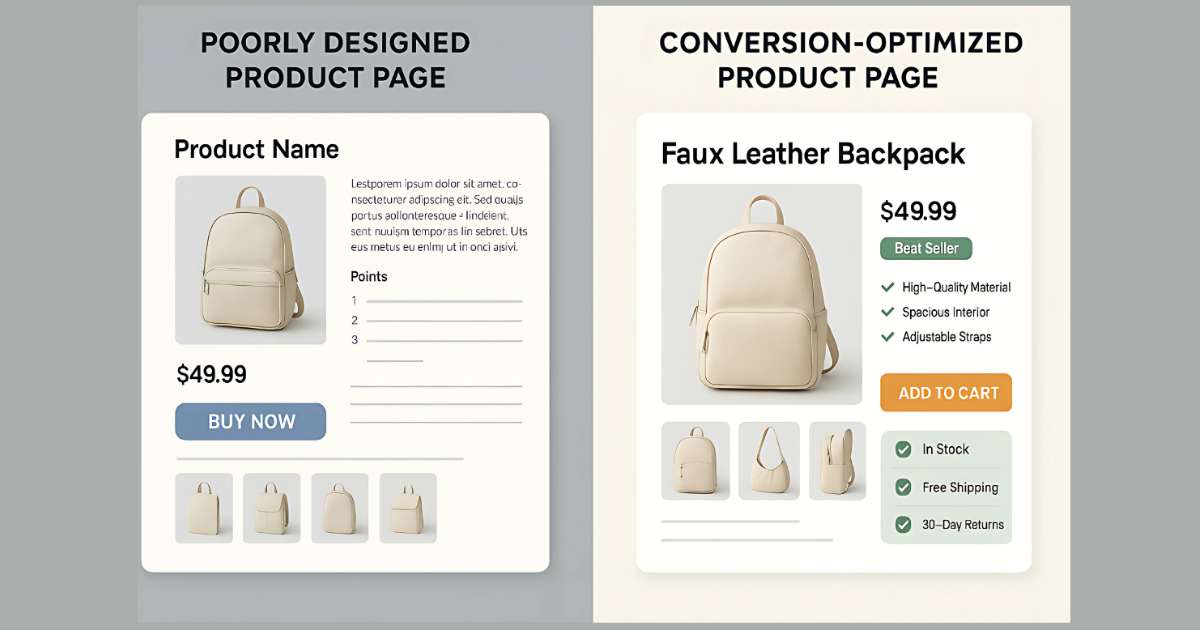
Launch Strategy & Marketing
You’ve picked a niche, set up your store, and added winning products — now it’s time to bring in customers. The success of your dropshipping business hinges on how well you market and promote your store, especially during launch.
In 2025, attention is currency. Let’s explore proven ways to launch your store and drive consistent traffic and sales from day one.
Pre-Launch Preparation
Before going live, get your backend ready to support traffic and orders:
- Set up Google Analytics & Facebook Pixel – for tracking and retargeting
- Prepare abandoned cart emails – recover lost sales automatically
- Create branded social media profiles – Instagram, TikTok, Pinterest
- Test payment, checkout, and mobile UX – no room for technical glitches
- Create 1–2 TikTok videos or Instagram reels – to have content ready on day one
Marketing Channels That Work in 2025
1. TikTok Organic & Paid Ads
TikTok continues to dominate product discovery.
- Post short, scroll-stopping videos of your product in action
- Use trending sounds and hashtags
- Collaborate with small influencers in your niche
Why it works: TikTok’s algorithm can give brand-new accounts viral reach with zero ad spend.
2. Influencer Marketing
Partner with micro-influencers (5k–100k followers) for sponsored shoutouts or product reviews.
Look for creators with:
- High engagement (likes + comments ratio)
- A niche audience aligned with your product
- Willingness to do affiliate deals or UGC (user-generated content)
3. Email Marketing
Start building your email list early.
Use popups or discounts to capture emails and create flows like:
- Welcome sequence
- Abandoned cart recovery
- Product recommendation emails
- Review request and follow-ups
Tools: Klaviyo, MailerLite, Omnisend
4. Retargeting Ads
Not everyone buys on the first visit.
Set up retargeting ads using:
- Meta Ads (Facebook & Instagram)
- Google Display Ads
- TikTok Retargeting
These help you recapture visitors who showed interest but didn’t convert.
5. Brand Visuals & Consistency
Make your brand feel legit from day one:
- Use consistent logos, color palettes, and typography
- Post regular content on social media
- Highlight your unique brand voice (funny, eco-friendly, luxury, etc.)
A cohesive identity builds trust, especially with first-time visitors.
Track, Optimize, Repeat
Marketing isn’t a one-time task — it’s an ongoing experiment.
Use tools like:
- Google Analytics for traffic insights
- Hotjar or Microsoft Clarity for visitor behavior
- Meta Ads Manager or TikTok Ads Manager for ad performance
Test different creatives, landing pages, and CTAs to improve conversion rates over time.
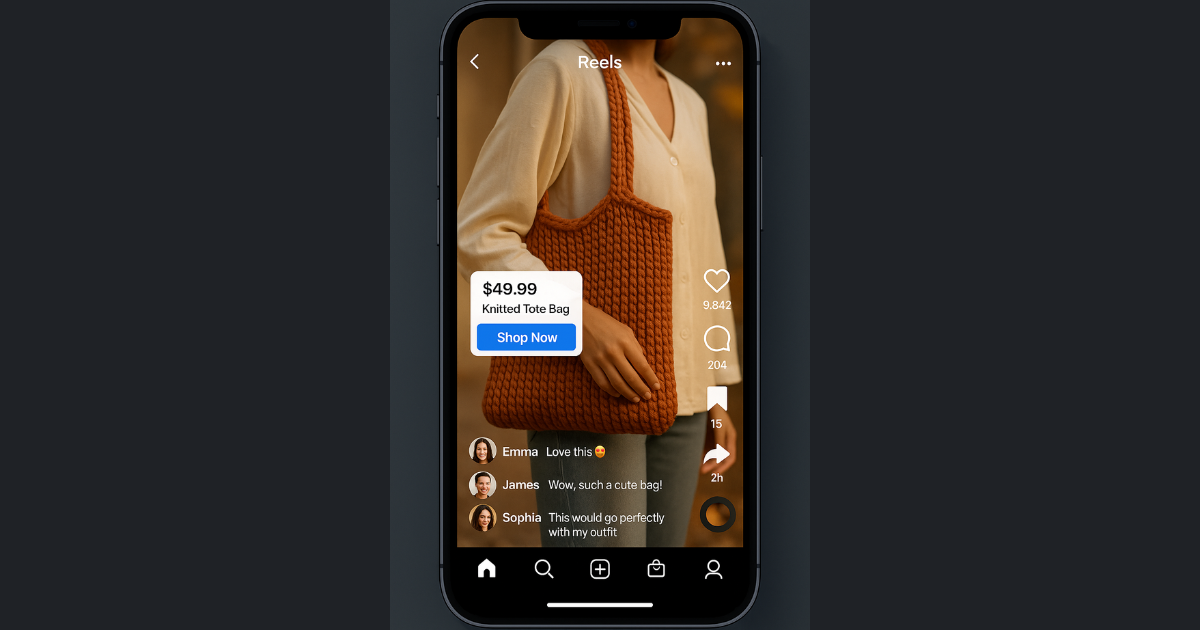
Order Fulfillment & Customer Experience
Making a sale is just the beginning. To build a long-lasting dropshipping brand, you must master order fulfillment and deliver an exceptional customer experience. In 2025, customer expectations are higher than ever — and your reputation depends on meeting them.
Let’s walk through what happens after the customer clicks “Buy” and how to ensure the post-purchase journey turns first-time buyers into repeat customers.
How Dropshipping Fulfillment Works
Once an order is placed on your store:
- The order is automatically (or manually) sent to your supplier via tools like DSers, AutoDS, or CJdropshipping
- The supplier packs and ships the item directly to the customer
- A tracking number is generated and shared with the customer
- The supplier updates shipping status, and the order is marked as fulfilled in your store
Your job? Keep your customer informed and happy during this process.
Keep Customers in the Loop
Silence after a purchase creates anxiety. Make sure to:
- Send an order confirmation email immediately after purchase
- Provide a tracking link within 24–48 hours
- Offer email or chat support for delivery questions
- Use a branded order tracking page if possible
Pro Tip: Tools like Track123, 17Track, or ParcelPanel let you embed branded tracking into your store.
Handling Returns, Refunds & Complaints
Even with great suppliers, problems happen. How you handle them will define your brand.
- Be transparent with your return & refund policy — make it easy to find
- Use polite, empathetic language in customer support replies
- Offer refunds or replacements for lost or damaged items
- Use templates to speed up responses without sounding robotic
- Avoid blaming the supplier — take ownership on behalf of your brand
A frustrated customer can become a loyal fan if handled professionally.
Pro Tips for a Smooth Fulfillment Process
- Regularly check your supplier’s shipping performance
- Don’t sell products with no tracking or unreliable delivery
- Maintain communication with your supplier — especially during peak seasons
- Monitor customer support inbox daily (or use automation/chatbots)
Consider eventually switching to suppliers with local warehouses to shorten shipping times and boost satisfaction.
Why CX (Customer Experience) Is the New Marketing
Happy customers:
- Leave 5-star reviews
- Share your store with friends
- Tag you in social posts
- Come back and buy again
In the dropshipping world, where products are often similar, customer experience is your competitive edge.
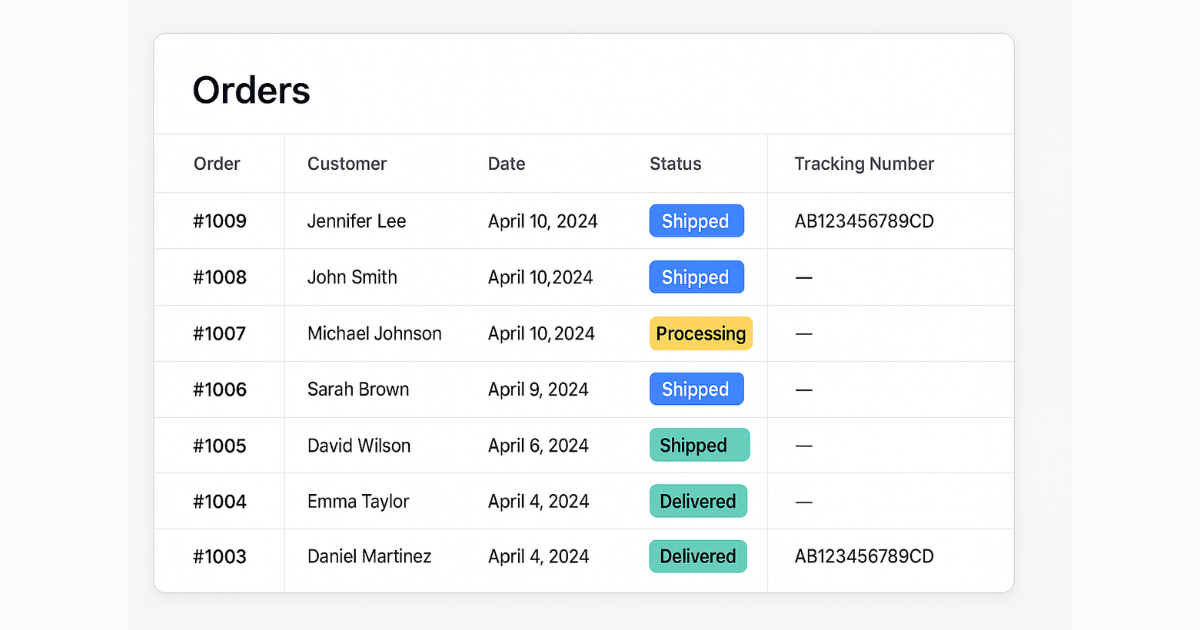
Essential Tools for Dropshipping Success
In the fast-paced world of dropshipping, having the right tools can mean the difference between chaos and calm, stagnation and scale. The good news? In 2025, there are powerful apps and platforms to automate, optimize, and elevate every part of your business.
Here’s a curated list of must-have tools to help you run your store smarter — not harder.
Product Research Tools
Before you sell, you need to know what sells. These tools help you discover trending products, analyze competition, and spot untapped opportunities:
| Tool | Key Features |
|---|---|
| SellTheTrend | Trend analytics, product explorer, TikTok insights |
| Minea | Spy on competitor ads across Facebook, TikTok, IG |
| Ecomhunt | Curated winning products with profit calculators |
| PipiAds | TikTok ad library and product discovery |
Pro Tip: Combine trend data with TikTok organic searches for real-time product demand signals.
Store Automation Tools
These tools help you streamline product import, pricing updates, order fulfillment, and inventory sync:
| Tool | Platforms | Core Functions |
|---|---|---|
| DSers | Shopify, WooCommerce | Auto-ordering, bulk product import from AliExpress |
| AutoDS | Shopify, WooCommerce | All-in-one: product finder, order management, pricing automation |
| Spocket | Shopify, WooCommerce | US/EU-based suppliers with fast delivery |
| CJ App | Shopify, WooCommerce | Full dropshipping backend from CJdropshipping |
Automating these processes frees up your time to focus on marketing, customer service, and scaling.
Email & SMS Marketing Tools
Turn visitors into subscribers, and subscribers into loyal customers:
| Tool | Highlights |
|---|---|
| Klaviyo | Deep Shopify/WooCommerce integration, flows, segments, A/B testing |
| Omnisend | Pre-built workflows for cart recovery and promotions |
| MailerLite | Affordable and user-friendly for beginners |
| SMSBump | Powerful SMS campaigns and abandoned cart recovery |
Key Flows to Set Up:
- Abandoned cart
- Welcome series
- Review request
- Back-in-stock alerts
Analytics & Conversion Tools
To grow, you need to know what’s working — and what’s not.
| Tool | What It Does |
|---|---|
| Google Analytics 4 | Track user behavior, traffic sources, conversion events |
| Meta Pixel | Optimize Facebook/Instagram ad targeting |
| Hotjar | Heatmaps, recordings, and behavior insights |
| Microsoft Clarity | Free alternative to Hotjar, with session replays |
These tools help you fine-tune your store design and marketing strategy with data-backed decisions.
Customer Support Tools
A responsive support system builds trust and prevents chargebacks:
| Tool | Features |
|---|---|
| Tidio | Live chat, chatbot automation, email inbox |
| Zendesk | Scalable ticketing and support suite |
| Gorgias | E-commerce-focused helpdesk for Shopify stores |
| Re:amaze | Multichannel support with automation |
Even a simple live chat widget can boost conversions by answering last-minute questions.
Legal & Policy Generators
Ensure compliance and build trust:
- TermsFeed – Free privacy policy and T&C generators
- Shopify Policy Generator – For returns, shipping, legal disclaimers
- Iubenda – GDPR-compliant privacy and cookie policies
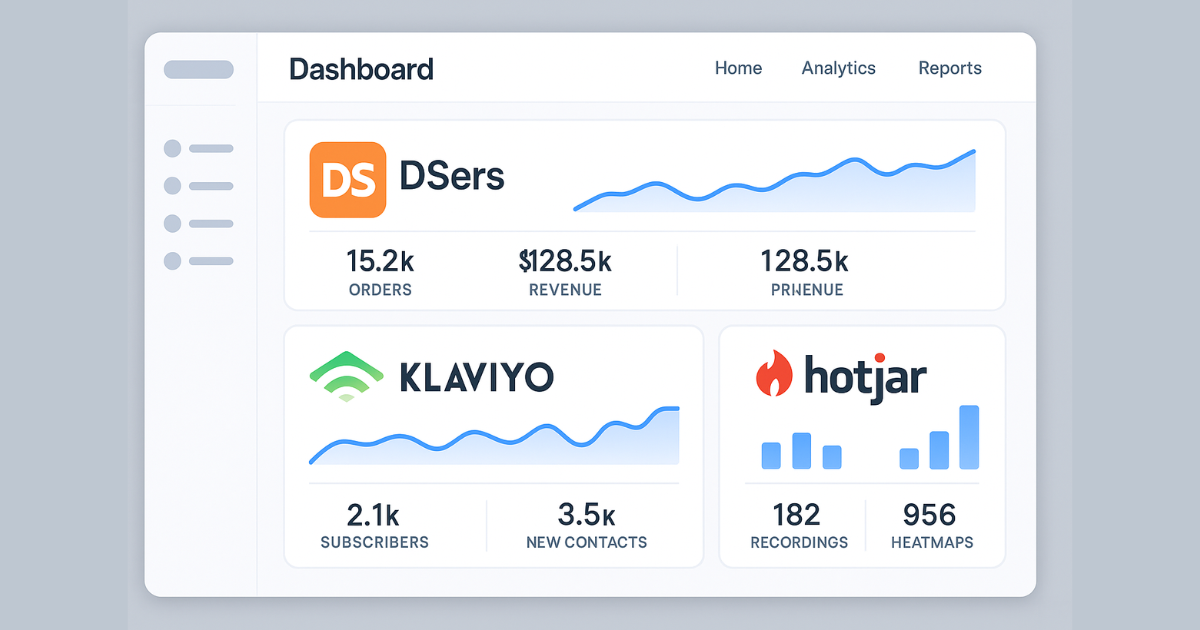
Common Mistakes to Avoid in Dropshipping
Even with the best tools and intentions, many beginners make avoidable mistakes that lead to poor sales, bad reviews, or total burnout. The dropshipping model is powerful — but only when approached strategically.
Here are the top 10 mistakes to watch out for — and how to steer clear of them:
1. Choosing the Wrong Niche
Don’t chase saturated markets (e.g., generic phone cases) or overly broad categories.
Fix: Use research tools, identify underserved audiences, and solve a specific problem.
2. Using Supplier Photos Without Customization
Thousands of other stores use the same generic images and descriptions.
Fix: Rewrite product descriptions, use Canva or AI tools to brand images, and add custom graphics or icons.
3. Slow or Unreliable Shipping
Nothing kills your brand faster than 30+ day delivery times.
Fix: Choose suppliers with local warehouses (US/EU) or use platforms like Spocket and CJdropshipping.
4. Ignoring Mobile Optimization
If your site doesn’t work smoothly on mobile, you’re losing the majority of your traffic.
Fix: Use responsive themes, test on multiple devices, and reduce loading time.
5. No Trust Elements
Lack of reviews, missing policies, or unbranded design kills conversions.
Fix: Add badges, testimonials, a clear return policy, and a branded About Us page.
6. Poor Customer Service
Ignoring emails or giving vague replies leads to chargebacks and negative feedback.
Fix: Use live chat, respond within 24 hours, and use pre-written scripts to speed things up.
7. Not Testing Ads or Creatives
Spending hundreds on one ad without testing is a fast way to burn money.
Fix: A/B test multiple creatives, audiences, and copy to find what works before scaling.
8. Relying on One Product or Supplier
If your only winner goes out of stock, your store dies.
Fix: Always test new products and have 1–2 backup suppliers for each bestseller.
9. No Analytics or Tracking Setup
Without data, you’re guessing.
Fix: Install Google Analytics, Meta Pixel, and Hotjar from day one.
10. Giving Up Too Early
Many dropshippers expect overnight results — but real success takes testing, patience, and constant learning.
Fix: Set realistic goals, analyze your data, and iterate your way to profitability.
Bonus Tip: Don’t try to look like Amazon. You’re not competing on delivery speed — you’re winning by creating a unique experience, targeting a niche, and building a brand.
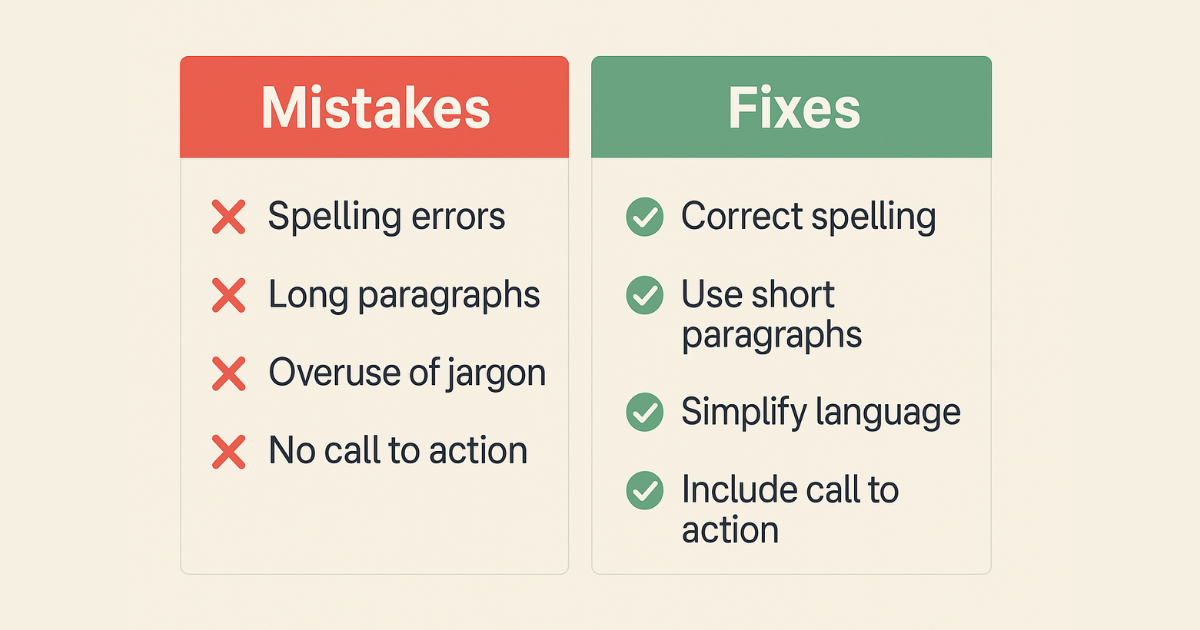
Ready to Launch Your Dropshipping Store?
Dropshipping in 2025 is more than just a side hustle — it’s a smart, scalable e-commerce model that empowers anyone to start an online business with minimal upfront investment.
Let’s recap what you’ve learned in this guide:
✅ How dropshipping works and why it’s still relevant
✅ How to choose a profitable, focused niche
✅ The best platforms (Shopify, WooCommerce) to build your store
✅ Where to find reliable suppliers and how to automate fulfillment
✅ How to design a store that builds trust and converts
✅ Proven launch strategies using TikTok, influencers, email, and retargeting
✅ The tools you need to grow efficiently
✅ Common mistakes to avoid and how to fix them
If you’re serious about launching your first (or next) dropshipping store, remember:
Success doesn’t come from rushing — it comes from doing it right.
Let Empex Digital Help You Launch Like a Pro
Building a polished, high-converting dropshipping store takes time, skill, and strategy. At Empex Digital, we specialize in:
- Shopify & WooCommerce store setup
- Branded store design tailored to your niche
- Supplier and automation tool integration
- Full e-commerce consulting & launch support
- Ongoing technical maintenance & optimization
Ready to launch your store the right way?
👉 Contact us today or book a consultation — and let’s build something amazing together.
